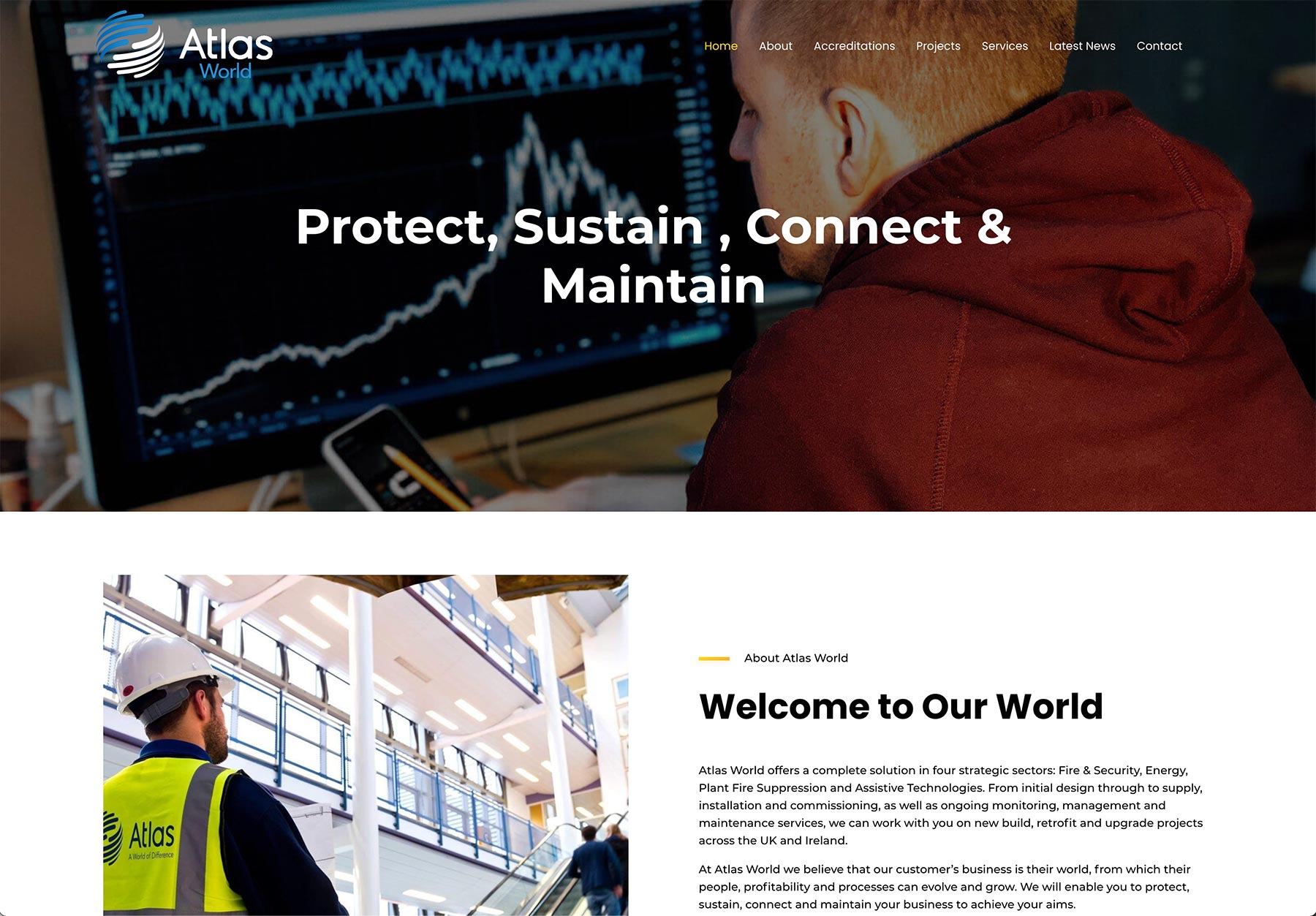Close partnership between iTouch and AtlasWorld makes Smart Buildings a reality
iTouch and AtlasWorld became close business partners in 2018, bringing Smart Building solutions to public and private sector organisations.
AtlasWorld is a provider of technology solutions for facilities management, including Fire Alarm & Security Systems, Fire Suppression, Energy Monitoring & Renewable Solutions and Assistive Technologies. Their customer base includes Belfast Health and Social Care Trust, Social Housing Associations such as Radius Housing and Alpha Housing, local councils including Ards Council, North Down Borough Council and Causeway Coast and Glens Council, and the largest private sector recycling company in the country, Riveredge Recycling.
iTouch and AtlasWorld’s partnership began when Chairperson and former MD John Nesbitt met with Dr KianPeng Yong of iTouch in 2018. They discussed a need in the market for a Smart Building solution that would give customers real-time data analytics about their energy usage. This Smart Building technology would begin with a ground-breaking mesh network that could penetrate deep inside buildings. The two men theorised that once this network was in place, the sky was the limit with regards to the Smart Building solutions that could be layered on top – including safety analytics and monitoring, solar and thermal energy creation – even air quality monitoring.
The prototype was agreed, and the technology was devised and manufactured rapidly thanks to iTouch’s strong network in the manufacturing sector.
Now, iTouch and AtlasWorld are working together to implement the LoRaWan-based mesh network, plus energy monitoring solution, across the Belfast Trust. AtlasWorld has been proud to call Belfast Trust a customer for nearly 25 years. Belfast Trust has more than 2,100 energy metres across its dozens of physical locations. The ongoing rollout is described in our Belfast Trust Case Study.
Does the network demonstrate ROI quickly? Pete Gibson, head of sales for AtlasWorld, said the following:
“Typically a customer will go for the energy monitoring solution first – and it gives them, for the first time, a holistic view of their energy usage. After that, their attention is much more focused on reducing consumption and usage. For the first time ever, they can answer questions about how much energy they’re using. The system gives knowledge which drives them to implement more smart technologies and make more savings.”
Does it pay for itself? Pete said,
“Theoretically the system is doing the monitoring and analytics, it’s what the customers do with that knowledge that makes the savings. If an organisation had a burst water main under their building, and didn’t know anything about it, until our system flagged the fault, the system could theoretically pay for itself within days.”
He continued,
“It’s hard to put a finite number on the ROI. When you put this system in, people start to be more aware of their usage. They start to turn off computer monitors at night, make sure windows are closed, taps are turned off. Typically we see up to a 25% reduction in their energy costs, on average, after system goes in. This impact is seen quite immediately.”
For the first time ever, they can answer questions about how much energy they’re using.
Pete Gibson
Head of Sales



